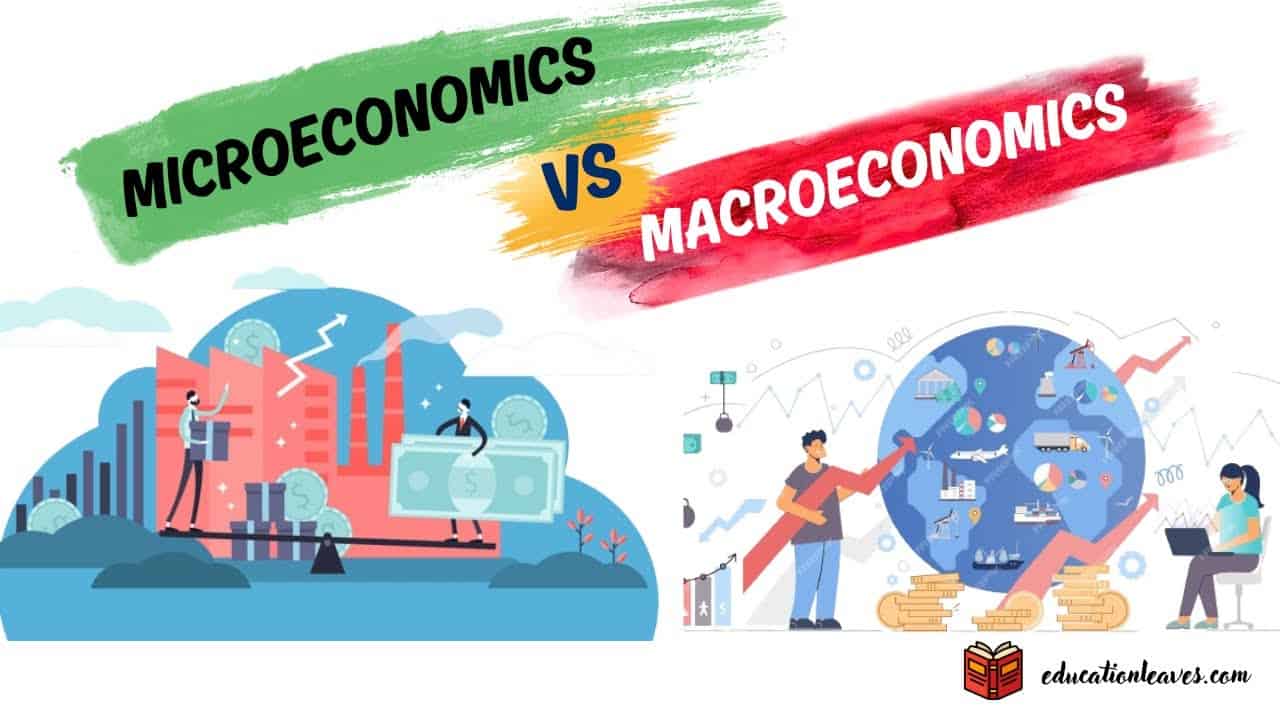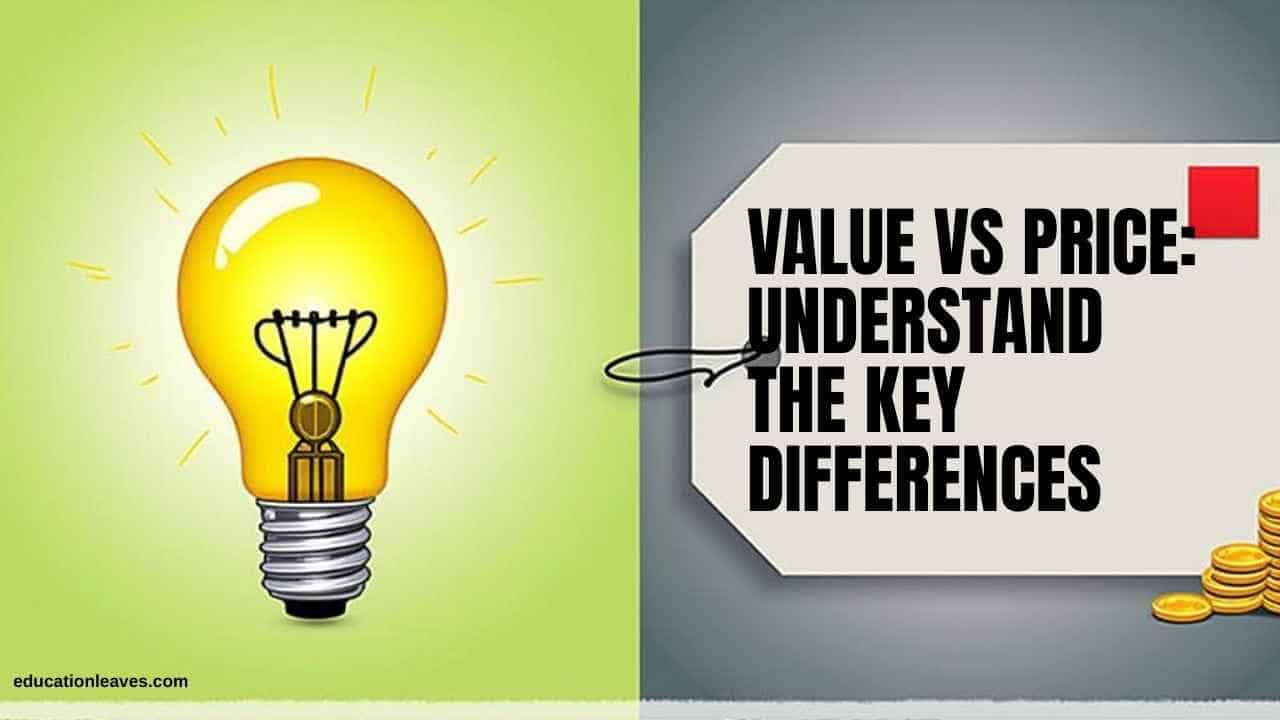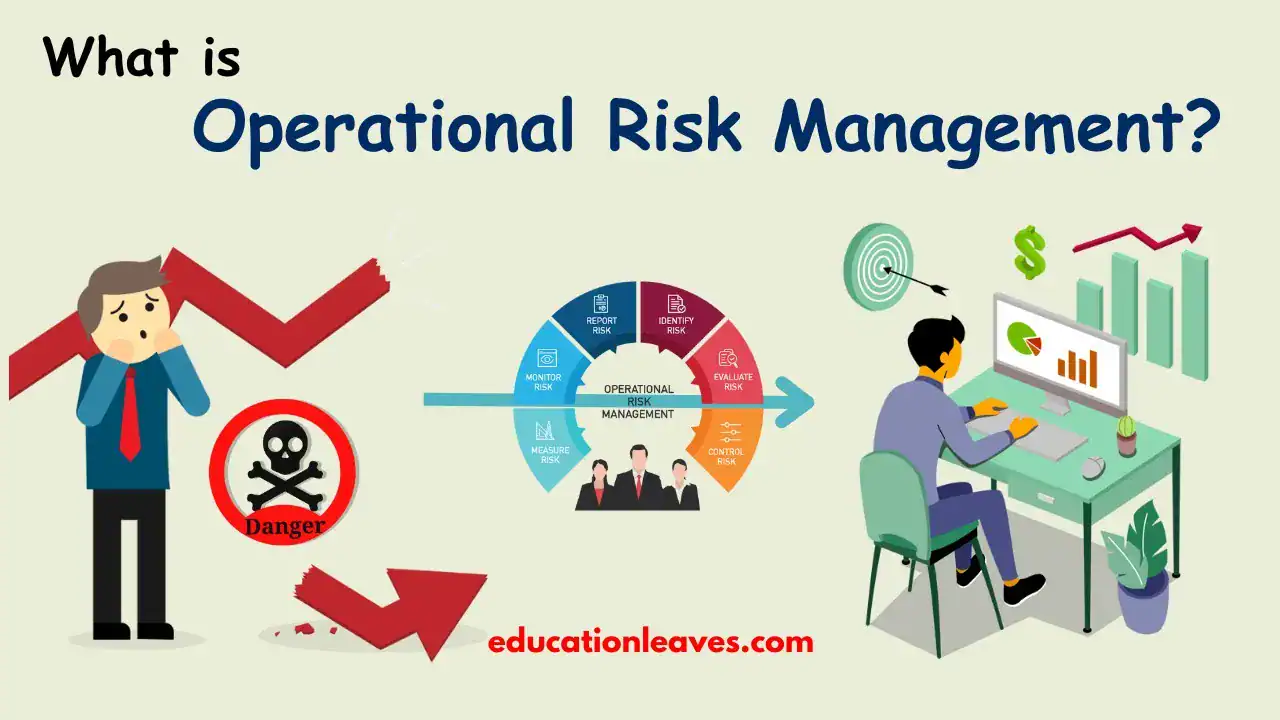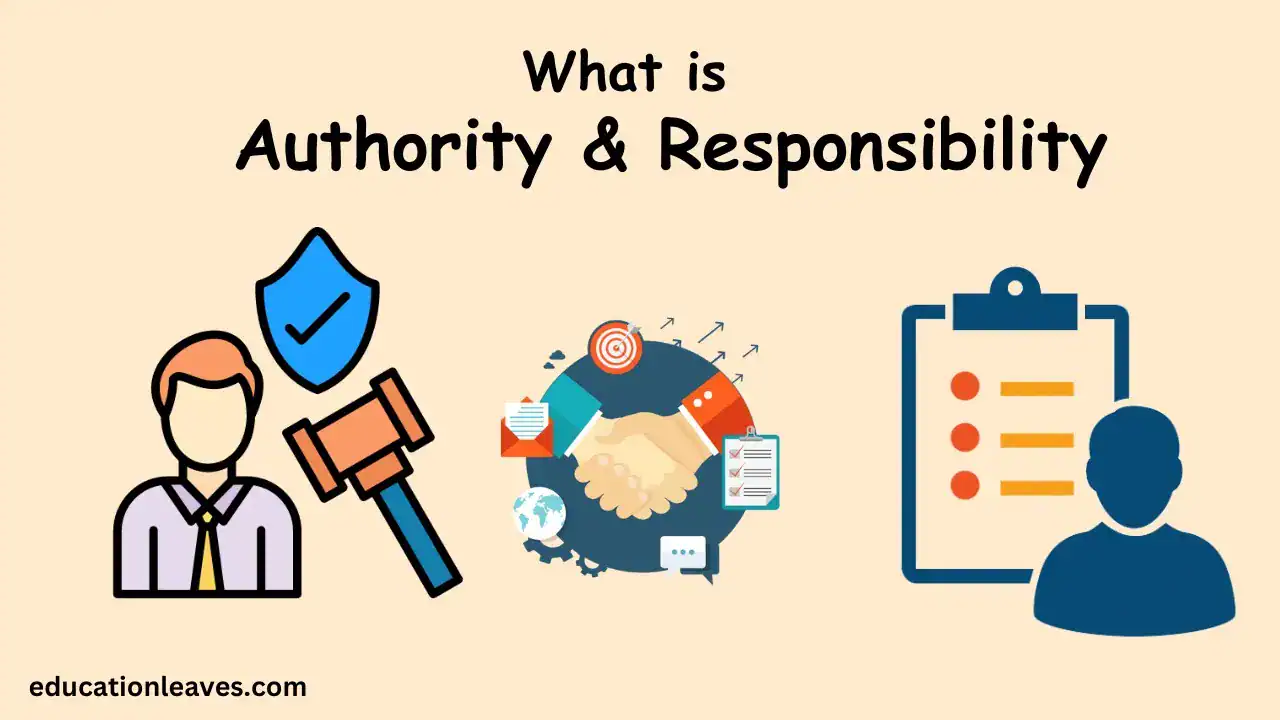What are the Difference between Macroeconomics and Microeconomics?
Microeconomics vs Macroeconomics: Economics is divided into two important sections, which are: Microeconomics & Macroeconomics. Microeconomics studies individuals and business decisions, while macroeconomics looks at the decisions of countries and governments.










